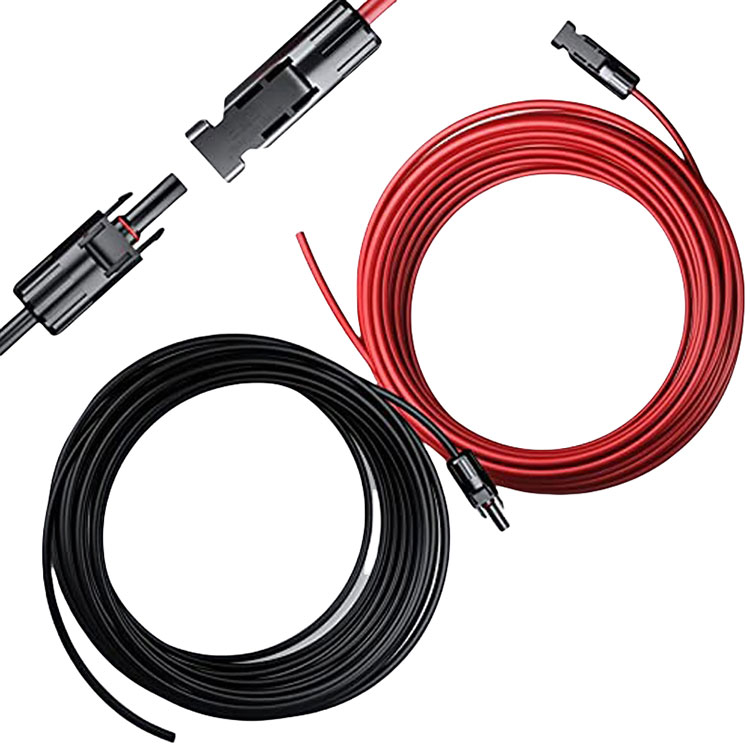What Is a Solar Cable and Why Is It Essential in Solar Power Systems?
2025-07-16
A Solar Cable is a specialized electrical cable used to connect various components in a solar power system, such as solar panels, inverters, charge controllers, and batteries. Designed to withstand extreme environmental conditions, solar cables play a crucial role in ensuring safe and efficient transmission of electricity generated by photovoltaic (PV) panels.
What Makes Solar Cables Different?
Unlike standard electrical wires, solar cables are engineered to perform reliably in outdoor, high-temperature, and UV-exposed environments. Key characteristics include:
UV Resistance: Designed to resist damage from prolonged exposure to sunlight.
Weatherproof: Built to handle rain, humidity, snow, and wide temperature variations.
Flexible and Durable: Can withstand bending, vibrations, and mechanical stress.
Double Insulation: Often equipped with an extra protective layer for added safety.
Fire-Retardant and Halogen-Free: To reduce fire risk and toxic smoke in case of accidents.

Types of Solar Cables
1. DC Solar Cable (PV Cable): Used to connect solar panels in series or parallel and link them to the inverter.
2. AC Solar Cable: Connects the inverter to the electrical grid or load after the DC power is converted to AC.
3. Battery Cables: Used to connect batteries in solar storage systems.
4. Grounding Cables: Ensure the system is safely grounded.
Most solar cables are rated for 1.5 kV DC and are available in various sizes, depending on system requirements.
Where Are Solar Cables Used?
Residential Solar Systems: Rooftop solar panel installations.
Commercial Solar Farms: Large-scale power generation setups.
Off-Grid Systems: For remote locations using battery storage.
Mobile Applications: Solar power systems for RVs, boats, and caravans.
How to Choose the Right Solar Cable?
Voltage Rating: Ensure the cable can handle your system’s voltage.
Cable Size (Cross Section): Larger systems require thicker cables to reduce power loss.
Insulation Material: Look for XLPE or cross-linked polymers for high heat and UV resistance.
Standards Compliance: Choose cables that meet international standards.
Benefits of Using Quality Solar Cables
Enhanced Safety: Reduces the risk of short circuits and electrical fires.
Long Lifespan: Designed to last 25 years or more, matching the life of solar panels.
Efficient Power Transmission: Minimizes power loss and voltage drop.
Easy Installation: Flexible and lightweight for quick, hassle-free setup.
Conclusion
Solar cables are the backbone of any reliable solar power system. Choosing the right type, size, and quality ensures optimal performance, safety, and durability. Whether for a small home installation or a large commercial solar project, using certified and weather-resistant solar cables is essential for long-term energy success.


